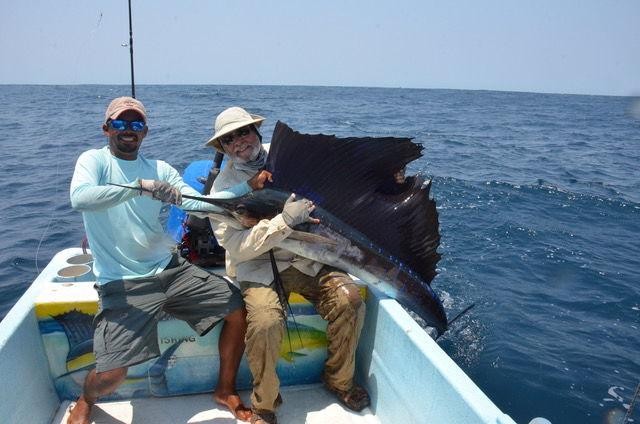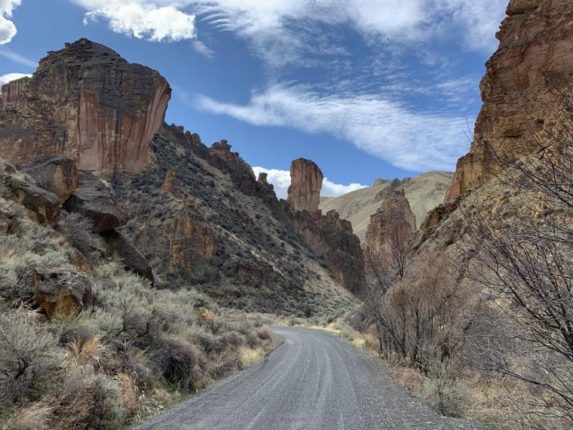Antler hunting is a hard occupation. For two decades, Jason House searched frozen hillsides of Wyoming from March to May looking for antler tines sticking out of the snow with a massive elk or deer antler hidden below. His passion for antler hunting evolved along with his appreciation of their sculptured lines into crafting unique art pieces from antlers.
At a recent art and hunting show I stopped mid-step and gawked at his luminescent reproductions of a massive mule deer skull and antlers. Next to it was a reproduction of giant bighorn sheep skull embedded in a chandelier. Next to it a reproduction of elephant tusks with transparent light glowing up and through them.
Each is a stunning pieces of modern art and decor not to be relegated to hunting cabins and attics. They are magnificent wildlife art to share with friends, family and colleagues. I stepped into his Creations in Antlers booth to learn more about how he creates his works of art.
Metal, light and sculptured wood are the mediums he uses to turn antlers and skulls into works of art. His reproductions of bighorn sheep skulls with a copper texture and a patina of emerald mounted on polished rustic burls are show stoppers. Definitely a welcome addition to any contemporary living space.
Displaying hunting and fishing art tastefully
Today’s tastes in natural arts are refined. Artists, collectors and hunters look for ways to artistically enhance natural beauty. This is where Jason’s wildlife and antler artistry shines. What he calls his Ice Creations, acrylic antler reproductions with luminescent light traveling into and through antlers, took half a decade to perfect.
His creations grace homes, lodges, restaurants and hotels through out Wyoming, Montana, Idaho and Alaska. At Stonewood Lodge, he created the lighting decor for a 10,000-square-foot lodge in remote Alaska. All the materials were flown in. Two of the more than 50 items he created for the lodge were massive moose antler chandeliers measuring 8 feet by 5 feet weighing over a thousand pounds.
What Jason titles Creations in Metal are a custom cold metal-coatings he applies to skulls and finishes the art piece by adding a patina. The end product is a striking piece of art commemorating the animal, the hunt and the artist.
Currently, Jason is crafting a special artistic reproduction of moose antlers for a widow. Weeks after her husband died, a once-in-a-lifetime moose hunting permit arrived in the mail for him. She donated it to Hunting with Heroes, a Wyoming organization that sponsors hunts for disabled veterans. Jason guided the recipient of the tag, Army veteran Don Walk, to a bull moose of a lifetime. Jason made a cast of the antlers and is working on the artistic reproduction of the antlers to give to the widow to commemorate her donation.
Turning the corner on a small business
His business boomed when he began exhibiting at art shows like the Jackson Hole Antler Art Show, the Safari Club International Convention and the Wild Sheep Foundation Annual Convention. At each of these venues potential clients drift by looking at his custom casting of bear skulls, Marco Polo and Gobi argali sheep horns, desert bighorn sheep skulls. Word spreads about a new way to create art from a hunting experience. One hunter had him stylize the skull of a bighorn sheep; another wanted the antlers of a magnificent elk he took in Wyoming cast in acrylics with light streaming through them. A decor buyer for high-end, five-star resorts bought all of his art works at the end of this year’s Safari Club International Convention.
Today business is booming, gone are the days of grinding it out in 12-degree cold and frozen fingers looking for antlers. His studio Creations in Antlers studio in Greybull, Wyoming, attracts clients from around the west. His love for antlers and art turned into a lucrative occupation he once only dreamed of.
Harry Morse is currently a freelance writer living in Pocatello. His articles have appeared in national hunting and fishing magazines. The majority of his career he worked for Washington, Idaho and California Departments of Fish and Wildlife as an information officer. He has travel broadly an enjoys photography, fishing and hunting.








